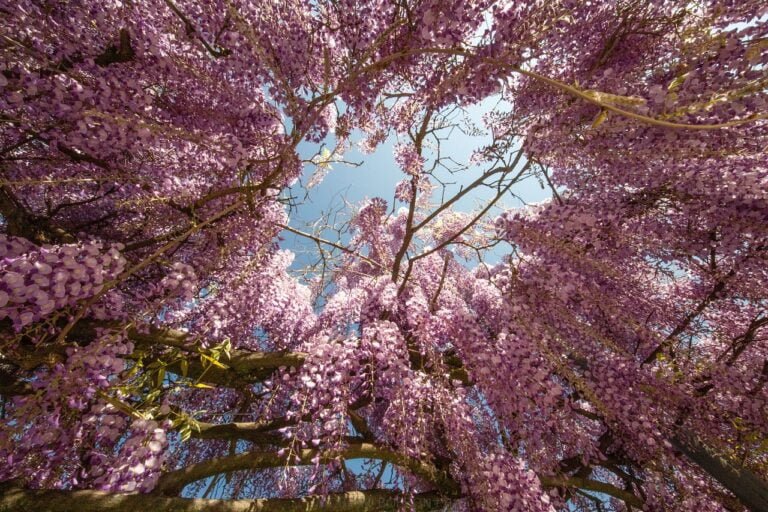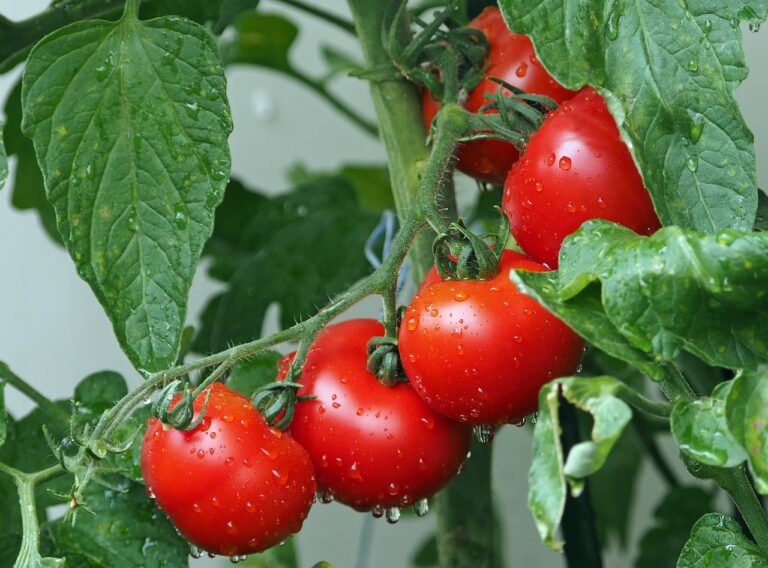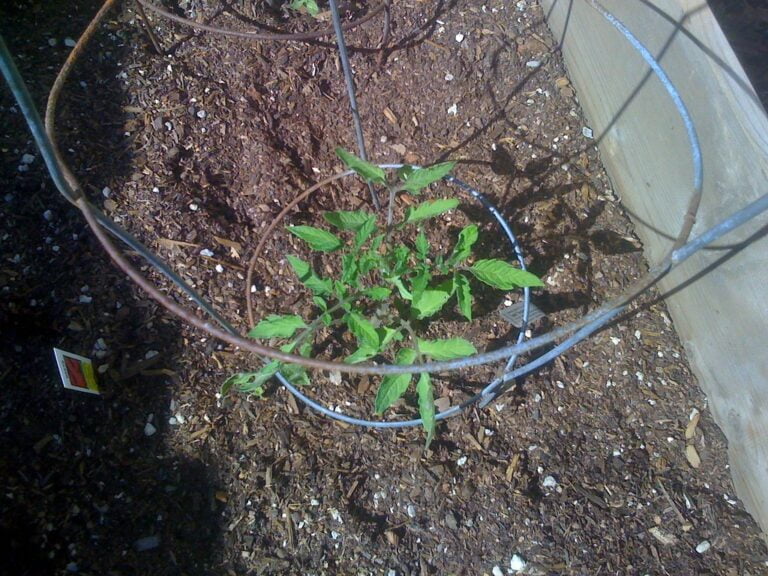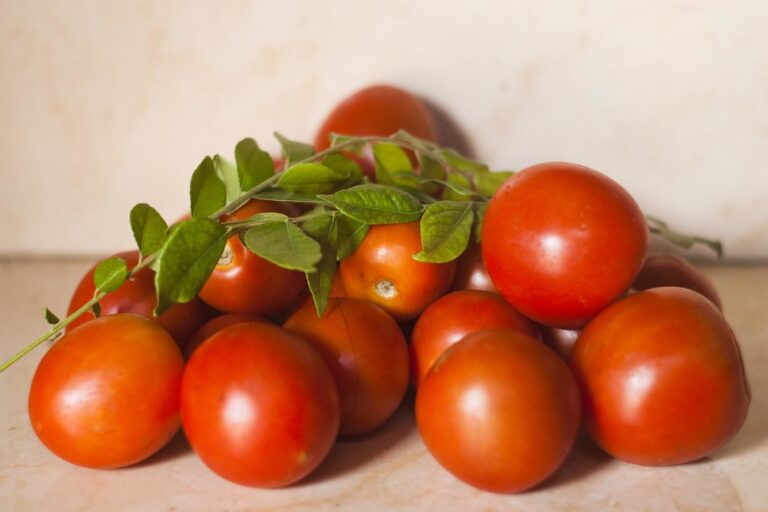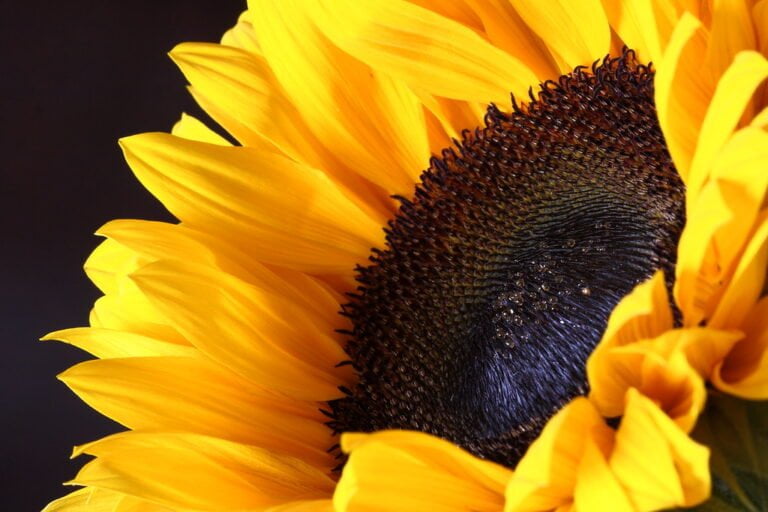Choosing the Right Plants to Grow in Front of Boxwoods
Are you looking to enhance the beauty of your boxwoods? Choosing the right plants to grow in front of them can make a world of difference. In this article, we'll guide you through the process of selecting plant combinations that will complement and enhance your boxwoods. Whether you're seeking sun-loving plants, shade-tolerant options, low-maintenance pairings, or plants with seasonal interest, we've got you covered. Get ready to create a stunning and vibrant landscape with your boxwoods as the centerpiece.
Choosing the Right Plant Combinations
When choosing the right plant combinations to grow in front of boxwoods, consider how the colors and textures will complement each other. This is an important factor to create a visually appealing and harmonious garden. Opt for plants that have contrasting colors to make them stand out against the green backdrop of the boxwoods. For example, vibrant flowers like purple salvia or yellow coreopsis can add a pop of color. Additionally, consider the textures of the plants. Pairing spiky plants like yucca or ornamental grasses with the soft foliage of boxwoods can create an interesting contrast. It is also crucial to choose plants that have similar growing requirements, such as sun exposure and water needs, to ensure their health and vitality. By carefully selecting plant combinations, you can create a stunning display that enhances the beauty of your boxwoods.
Sun-Loving Plants for Boxwoods
To ensure the health and vitality of your boxwoods, choose sun-loving plants that will complement their foliage and thrive in the same growing conditions. When selecting plants for the area in front of your boxwoods, it's essential to consider their sun requirements. Opt for plants that can tolerate full sun or partial shade, as boxwoods prefer these conditions. Some excellent sun-loving plant options include lavender, salvia, and rosemary. These plants not only thrive in sunny locations but also add beauty and fragrance to your garden. Lavender, with its purple blooms and soothing scent, creates a calming atmosphere. Salvia, with its vibrant flowers, attracts pollinators like bees and butterflies. Rosemary, in addition to its culinary uses, has needle-like leaves that add texture and interest to your garden. By choosing sun-loving plants that complement your boxwoods, you'll create a visually appealing and harmonious landscape.
Shade-Tolerant Options for Boxwoods
Consider selecting shade-tolerant plants to grow in front of your boxwoods for a visually appealing and well-balanced garden. While boxwoods are known for their ability to tolerate shade, adding plants that thrive in low-light conditions will enhance the beauty of your garden. Hostas are an excellent choice, with their vibrant foliage and ability to withstand shade. Their various sizes and colors provide a stunning backdrop to the boxwoods. Another option is the impatiens, which comes in a range of shades and adds a pop of color to your garden. For a more textured look, consider ferns, which bring a touch of elegance and lushness to the space. These shade-tolerant plants will complement your boxwoods, creating a harmonious and inviting garden for you to enjoy.
Low-Maintenance Plant Pairings
To maintain a low-maintenance garden, choose plant pairings that require minimal upkeep and complement the boxwoods in front. Opt for plants that are known for their resilience and ability to thrive with little attention. One great option is the perennial geranium, which offers beautiful blooms and requires minimal care. Another low-maintenance choice is the evergreen Japanese pachysandra, which creates a lush groundcover and helps suppress weed growth. For a splash of color, consider planting sedum, a succulent that thrives in dry conditions and requires very little watering. Additionally, ornamental grasses such as fountain grass or maiden grass are great options for adding texture and movement to your garden while needing minimal maintenance. By choosing these low-maintenance plant pairings, you can enjoy a beautiful garden without spending excessive time on its upkeep.
Flowering Plants to Enhance Boxwoods
When choosing flowering plants to enhance your boxwoods, it's important to select varieties that will complement the shrubs and add vibrant color to your garden. Some excellent options include hydrangeas, roses, and lavender. Hydrangeas come in a variety of colors and their large blooms make a bold statement against the backdrop of the boxwoods. Roses, with their classic beauty and scent, create a romantic and elegant atmosphere. Lavender not only adds a pop of purple color, but its aromatic fragrance also attracts butterflies and bees, making your garden come alive with activity. To create a visually pleasing arrangement, consider planting taller plants behind the boxwoods and shorter ones in front. Remember to choose plants that have similar sunlight and water requirements for easy maintenance. With these flowering plants, your boxwoods will truly shine and enhance the beauty of your garden.
Evergreen Companions for Boxwoods
Enhancing the beauty of your boxwoods is easy with evergreen companions. These plants not only provide a year-round backdrop for your boxwoods but also create a cohesive and visually pleasing landscape. When selecting evergreen companions, consider their growth habits, size, and maintenance needs. One great option is the Japanese holly (Ilex crenata), which has a similar growth habit to boxwoods and complements their shape and texture. Another excellent choice is the dwarf Alberta spruce (Picea glauca 'Conica'), a compact evergreen that adds height and structure to your planting bed. For a more colorful display, consider incorporating variegated plants like the euonymus (Euonymus fortunei 'Emerald 'n' Gold') or the variegated yucca (Yucca filamentosa 'Color Guard'). These evergreen companions will enhance the overall beauty of your boxwoods and create a stunning landscape that you can enjoy all year round.
Drought-Tolerant Plants for Boxwoods
For optimal drought tolerance, choose plants that can thrive in dry conditions in front of your boxwoods. When selecting drought-tolerant plants, it's important to consider their ability to withstand periods of limited water availability without sacrificing their beauty. Look for plants with deep root systems that can access water deep within the soil. Succulents, such as sedums and agaves, are excellent choices as they store water in their leaves and can survive in arid environments. Ornamental grasses, like feather reed grass and blue fescue, are not only drought-tolerant but also add texture and movement to your garden. Lavender, with its fragrant blooms and silvery foliage, is another great option. Lastly, consider planting yarrow or Russian sage, both of which are hardy and require minimal watering. By choosing these drought-tolerant plants, you can create a low-maintenance and visually appealing garden that complements your boxwoods while conserving water.
Textural Contrast With Boxwood Plantings
To create textural contrast with your boxwood plantings, consider incorporating plants that have a different foliage or growth habit. This will add visual interest and enhance the overall aesthetic appeal of your garden. One option is to choose plants with large, broad leaves to contrast with the small, dense foliage of the boxwoods. Hostas are a great choice, as they have striking, bold foliage that complements the fine texture of the boxwoods. Another option is to select plants with a different growth habit, such as ornamental grasses. These grasses provide a feathery, airy appearance that contrasts beautifully with the compact form of the boxwoods. By carefully selecting plants that offer textural contrast, you can create a visually stunning and dynamic landscape that will impress both you and your guests.
Seasonal Interest With Boxwood Combinations
For seasonal interest with your boxwood combinations, consider incorporating plants that offer different colors and blooms throughout the year. This will ensure that your garden remains vibrant and appealing no matter the season. When choosing plants to complement your boxwoods, think about their blooming periods and colors. For example, you could pair early spring-blooming bulbs like daffodils or tulips with boxwoods to create a delightful display. In the summer, consider adding flowering perennials like coneflowers or daylilies for pops of color. For fall interest, plants like asters or ornamental grasses will add a touch of warmth and texture. Lastly, don't forget about winter. Evergreen plants like holly or winterberry can provide beautiful bursts of red or white berries against the backdrop of your boxwoods. By carefully selecting plants with varying blooming periods and colors, you can create a visually stunning garden that delights throughout the year.
Foliage Color Choices for Boxwoods
Consider planting boxwoods in front of plants with foliage colors that complement and enhance their natural beauty. When selecting plants to pair with boxwoods, it's important to choose colors that create a visually pleasing contrast. One option is to go for plants with vibrant green foliage, such as ornamental grasses or ferns. These plants will provide a fresh and lively backdrop for your boxwoods. If you're looking for a more dramatic effect, consider plants with burgundy or purple foliage, like Heuchera or Loropetalum. These rich, dark colors will create a striking contrast against the boxwoods' vibrant green leaves. Additionally, plants with variegated foliage, such as Hostas or Variegated Liriope, can add an interesting visual element and create a dynamic interplay of colors. By carefully selecting plants with complementary foliage colors, you can create a stunning and harmonious landscape that showcases the beauty of your boxwoods.
Conclusion
In conclusion, when choosing plants to grow in front of boxwoods, it is important to consider factors such as sun exposure, shade tolerance, low maintenance, flowering capabilities, drought tolerance, textural contrast, seasonal interest, and foliage color. By selecting the right plant combinations, you can create a visually appealing and practical garden that enhances the beauty of your boxwoods. Take into account your specific needs and preferences, and enjoy the experience of creating a stunning landscape.

